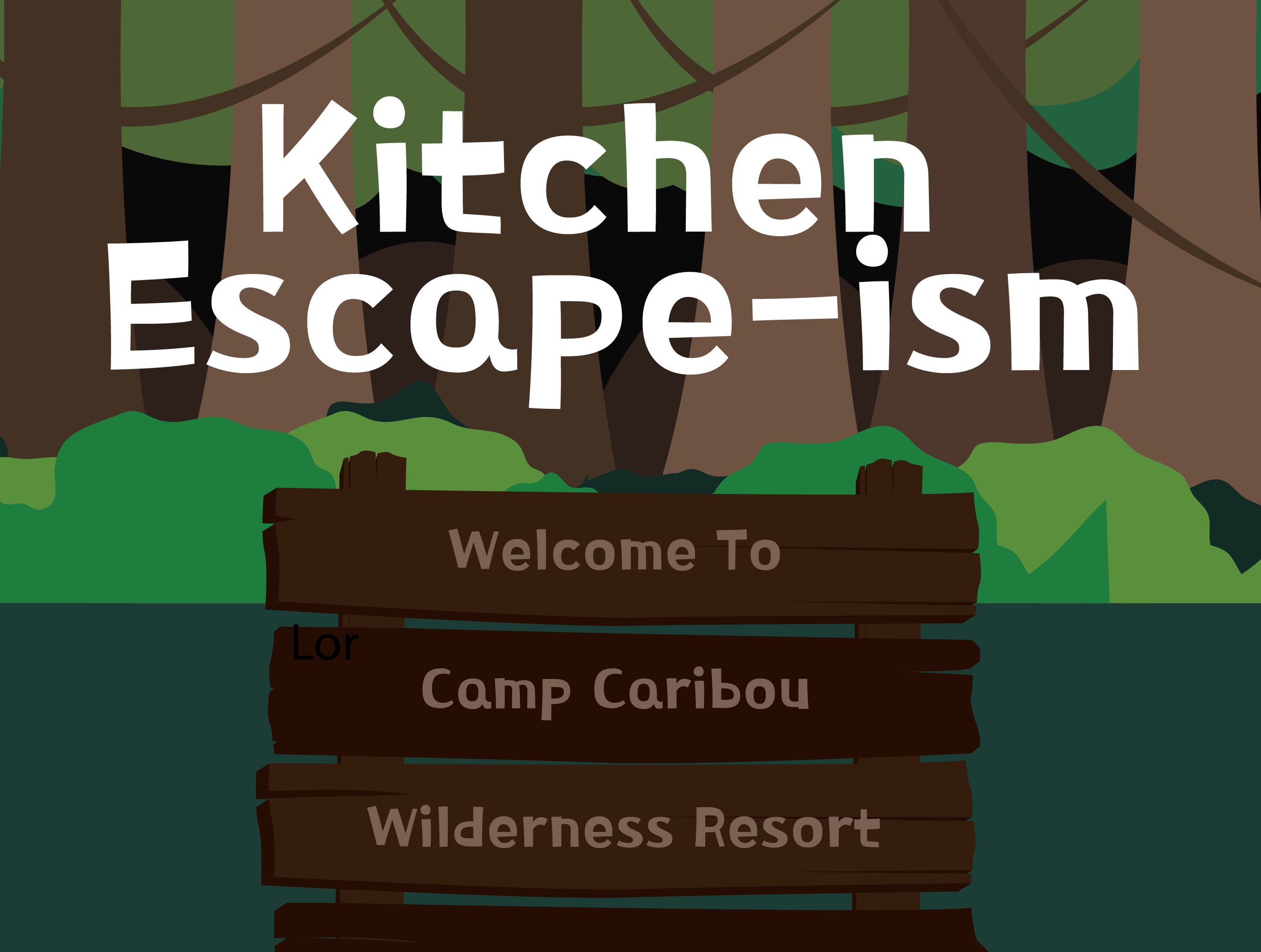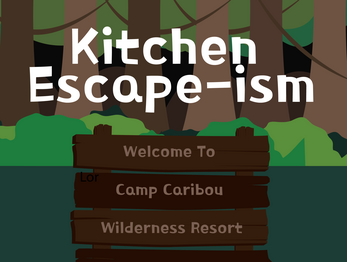Kitchen Escape-ism & Remember The Plant
A downloadable game

Game Cover Credit: Image is CC0.
Remember The Plant - Cycle Game
Artist Statement
The cycle I picked originally described my process of watering my house plants. I had to abbreviate the process for this game because I overexplained it in my magpie book. At first, I thought it would be fun to take inspiration from Little Shop of Horrors and deploy fabulism by suggesting that my plant required human sacrifice to live. Then, I realized that the word plant is a convenient double entendre: It can refer to a houseplant or a power plant. So, I decided to deploy fabulism by matching the cycle of watering plants with a narrative about a nuclear meltdown at a power plant. Due to the cyclical structure of the game, it made sense to write a story about being stuck in a loop. I decided to use this structure to examine the pain of reliving a traumatic experience over and over, without being able to find closure.
My thematic argument is that you must come to terms with the role you played in a difficult situation and work through it in full to find closure. The player relives the same traumatic day, where they watch all their friends and plants destroyed. They cannot escape the loop until they remember they forgot their daughter in the plant and attempt to get her before the plant blows up. No matter what they do, the player cannot escape their fate. In remembering they forgot their daughter at the plant and in trying to make amends for this mistake, they free themselves and their friends from reliving the same horrible memory repeatedly. Initially, I didn’t allow for much interaction because of the limitations of cycle games in Chapbook. Many of my play testers wanted more decision-making power over the story, so I added a title page, which allowed me to make a changing variable and give the player the option to remember their daughter and free themselves from the loop.

Game Cover Credit: Image was constructed by me on Illustrator using CC0 svgs.
Kitchen Escape-ism - Designer Choice Game
Artist Statement
The week that we wrote down obsessions in our magpie books, I felt trapped in a physically and emotionally taxing job, and I was about to quit. My obsession with quitting my job was my most significant obsession in the list I wrote down that week. For my game, I thought back to a different job where I similarly felt trapped and obsessed with quitting. It was my first job, where I was dishwasher at dysfunctional summer camp. Dishwashing is a physically taxing job, but not a mentally taxing one, and I often found myself daydreaming to escape the arduous working environment. I wanted to incorporate this process of escapism from difficult or mundane working conditions into my game. Kitchen Escape-ism follows a player working as a dishwasher as they attempt to escape their circumstances working as a dishwasher at a kitchen. The main thematic argument of Kitchen Escape-ism is the process of attempting to escape can be as much of an escape as physically escaping. I bring attention to this theme by juxtaposing a recurring scene where the player works as a dishwasher with breaks where they are free to explore and find ways to escape. By trapping the player in a work cycle that imposes limitations on their gameplay, I aim to make them appreciate the escape the breaks afford them. By design, most of the time spent escaping in the story occurs through the exploration of the map and not the final escape. When a player finally escapes the kitchen, their game ends. Furthermore, some escapes that end the story do not involve the player finding freedom at all. In this way, the game suggests that the process of escaping can sometimes be more rewarding than getting to escape.
Due to the interactive map and lock and key elements of my game, I think it falls squarely into Greg Costikyan’s definition of a game. To Costikyan, one important aspect of a game is its ability to change over time based on decisions players make. In my game, using variables, I ensured that certain storylines were only available to characters that had collected the corresponding items or made the corresponding choices. One example of this is a storyline in The Walk-In Freezer that can either result in the death of the player or in them being saved by another character, depending on if they chose to assist the character earlier on in the story. In their talk, Nat Mesnard suggested we could choose people to play test based on our intended audience for the game, and suggested we could be specific about the kind of feedback we were looking for from play testers. I specifically picked play testers who enjoy Interactive Map and Escape games because I wanted to see if these people would enjoy the play experience. I was particularly concerned that sending the character back every seven minutes to work a shift would be discouraging to some players, so I asked some friends to provide feedback on this element in gameplay. Many liked the idea but wished they had more time to look around between shifts. I ended up changing the break time between shifts from five minutes to seven minutes, to allow a bit more time to look around. I found this feedback invaluable and felt this small change improved the pacing of the game.
| Status | Released |
| Author | Cattastrophe |
| Genre | Adventure |
| Tags | Escape Game, kitchen, Singleplayer, Working Simulator |
Install instructions
Download HTML files and double-click to open in browser. You may want to use Safari for best results.

Leave a comment
Log in with itch.io to leave a comment.